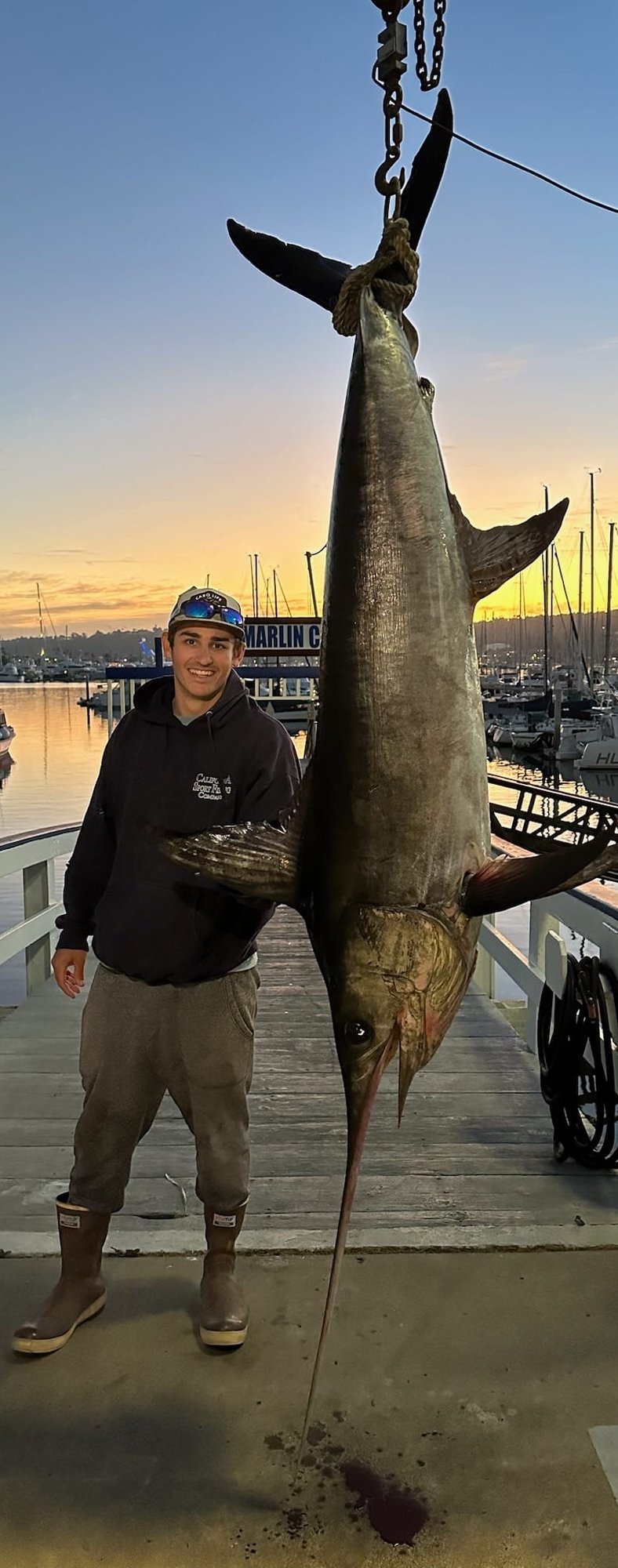
Swordfish
Swordfish sport fishing is a beloved pastime in San Diego, attracting anglers of all skill levels to the region's rich waters. The city's proximity to prime swordfish habitats, including the Nine Mile Bank, Coronado Islands, and San Clemente Island, makes it an ideal destination for those seeking to reel in these majestic fish.
Prime Locations and Season
The Nine Mile Bank, a submerged ridge located nine miles off the coast of San Diego, is a hotspot for swordfish activity. The Coronado Islands, a chain of islands located 18 miles south of the city, offer a unique combination of structure and currents that attract swordfish. San Clemente Island, the southernmost island in the California Channel Islands chain, is another prime location for swordfish fishing. The best season for swordfish fishing in San Diego typically runs from late spring to early fall, when the water temperature warms up and the fish become more active.
**Bait and Tackle**
Live squid and mackerel are the top baits for swordfish, as they mimic the natural prey of these deep-water predators. Artificial lures, such as jigs and trolling baits, can also be effective, but live bait is often preferred for its irresistible appeal to swordfish. Anglers should use heavy-duty rods and reels with high drag capacity to handle the strength of these powerful fish. Braided line or heavy monofilament line is recommended, as swordfish are known for their strong runs once hooked.
Fishing Techniques
Drift fishing is a popular method for catching swordfish in San Diego. This technique involves drifting with the current while trolling a bait behind the boat. The boat should be moving at a slow pace, and the angler should be attentive to the rod tip for any signs of a bite.
Deep-sea trolling is another effective method for catching swordfish in San Diego. This technique involves trolling a bait at depths of between 150 and 300 feet, targeting swordfish in their natural habitat. Kite fishing is also a popular technique, using a kite to fly the bait out behind the boat at a distance and depth that traditional trolling methods can't reach. This technique is particularly effective for catching swordfish, as the movement of the kite and bait imitates the natural prey of these fish.
Gear and Preparation
When fishing for swordfish in San Diego, it's essential to use the right gear. A heavy-duty rod and reel with a high drag capacity is necessary to handle the strength of these powerful fish. Additionally, braided line or a heavy monofilament line is recommended to withstand the strong runs of swordfish.
Swordfish sport fishing in San Diego offers an exhilarating experience for anglers of all skill levels. With the right gear, techniques, and knowledge of the local waters, anglers can increase their chances of catching these magnificent fish. The Nine Mile Bank, Coronado Islands, and San Clemente Island are prime locations for swordfish fishing, and the late spring to early fall season offers the best opportunities for a successful catch. Whether you're a seasoned angler or a beginner, San Diego's swordfish fishing scene is sure to provide an unforgettable experience.
Everything you need, all in one place.
7 Day Cancel
Book Online
Human Help
It is essential to know what you want, and tell us.
Planning Your Multi-Day Fishing Trip
To make the most of your multi-day fishing trip, it's essential to set clear goals and priorities. Start by considering the diverse habitats and species available on the trip, and create a schedule that allows you to target different fishing opportunities each day.
For example, you might choose to focus on trolling for medium-sized yellowtail and bluefin on the first day to stock up on fish, and then switch to kite fishing with frozen flying fish on the second day to target trophy-sized catches.
Defining Your Fishing Goals
Think about what drives your passion for fishing. Are you looking to catch a variety of species for a fresh seafood feast, or are you on the hunt for a monster-sized fish? The captain's lure selection, destination choice, and fishing methods can be tailored to help you achieve your goals, whether that's catching more fish or landing a record-breaker.
Flexibility is Key
While having a solid plan is crucial, it's equally important to remain flexible. Unpredictable factors like weather conditions can impact your fishing experience, so be prepared to adjust your schedule accordingly. By being adaptable and willing to pivot when necessary, you'll be able to make the most of your time on the water and enjoy a more fulfilling fishing trip experience.
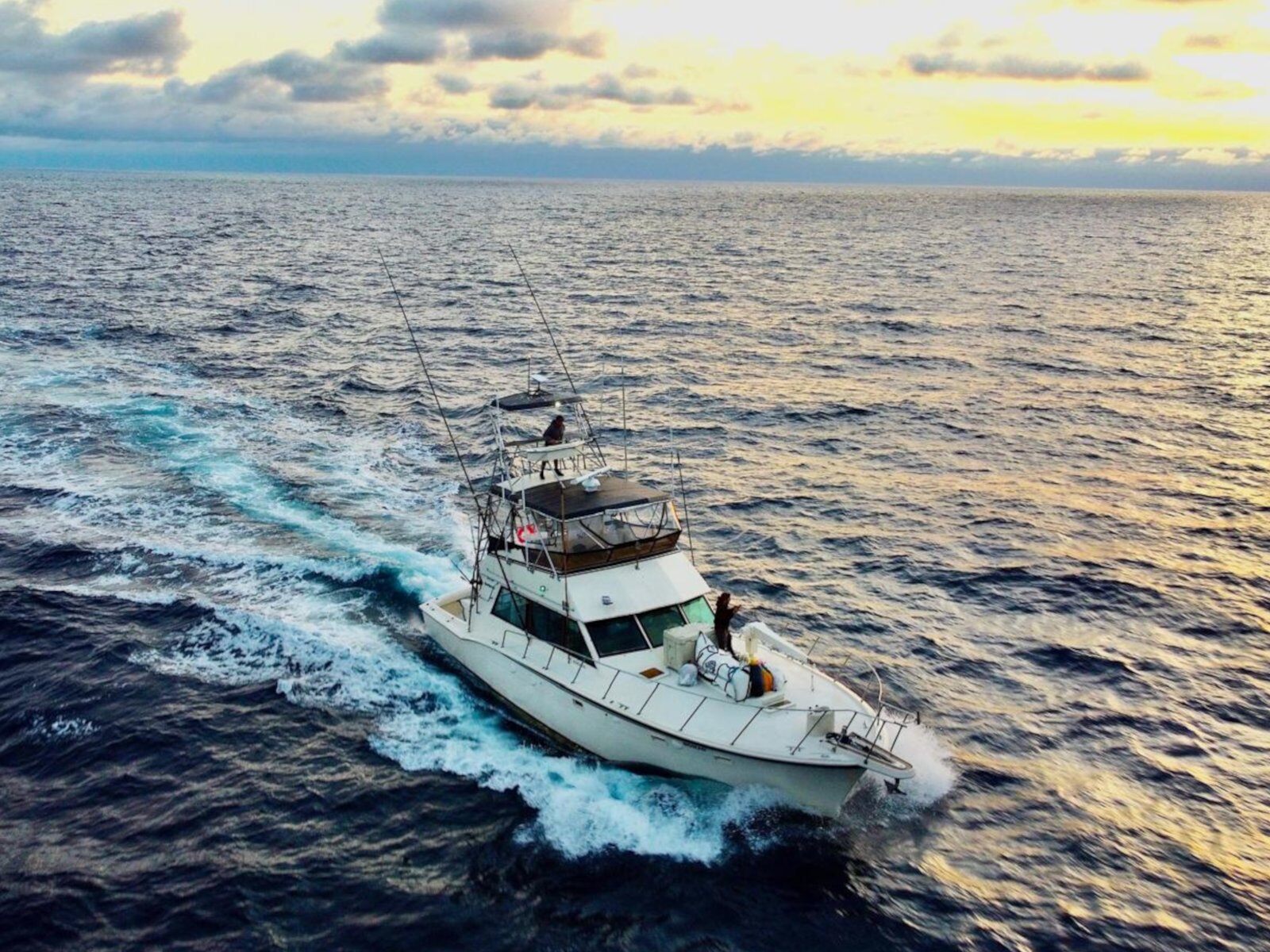
Our staff can help you!
Did you know that our staff have years of experiece helping anglers just like you book trips? We have THOUSANDS of charters under our belt. If you call us and know what you want, we can put you on the right boat with ease. If you do not know what you want exactly, let us help you!
Multi Day Techniques
Kite Fishing
Kite fishing is a highly effective technique for targeting trophy tuna and other pelagic predators. By deploying live or dead baits using kites, anglers can present their offerings above the surface, where they're more likely to be seen by feeding fish. This method is particularly useful when drifting over underwater structure or schools of feeding fish, as it allows the bait to move naturally and attract the attention of predators.
.jpeg)
Kite fishing is often used in conjunction with frozen flying fish, which are a favorite snack of bluefin tuna. By suspending the flying fish above the surface, anglers can create the illusion of a injured baitfish, which is irresistible to hungry tuna. This technique requires patience and skill, but the rewards can be substantial, with trophy catches of 200 pounds or more not uncommon.
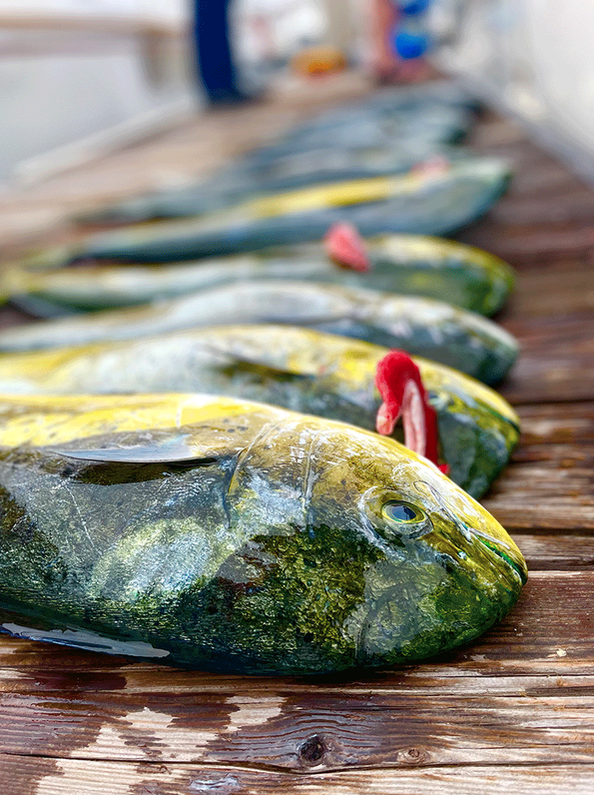
Throwing Iron
Throwing iron is a proactive technique that involves casting metal jigs off the bow of the boat, often at a distance from the target area. This method is designed to attract the first fish and start the frenzy, which can then be followed up with other techniques like live bait or kite fishing.
Throwing iron is a high-energy technique that requires a strong arm and good casting skills. However, when done correctly, it can be an extremely effective way to get the attention of feeding fish and start a bite.
Live Bait
Live bait drift fishing is a natural and effective way to catch large species like yellowtail and dorado. By deploying live baitfish, such as sardines or anchovies, anglers can create a realistic presentation that mimics the natural movement and behavior of these baitfish.
This technique involves drifting over known feeding areas, allowing the live bait to move naturally and trigger bites from predators. Live bait drift fishing is a patient approach that requires a good understanding of the local fishing grounds and the behavior of the target species.
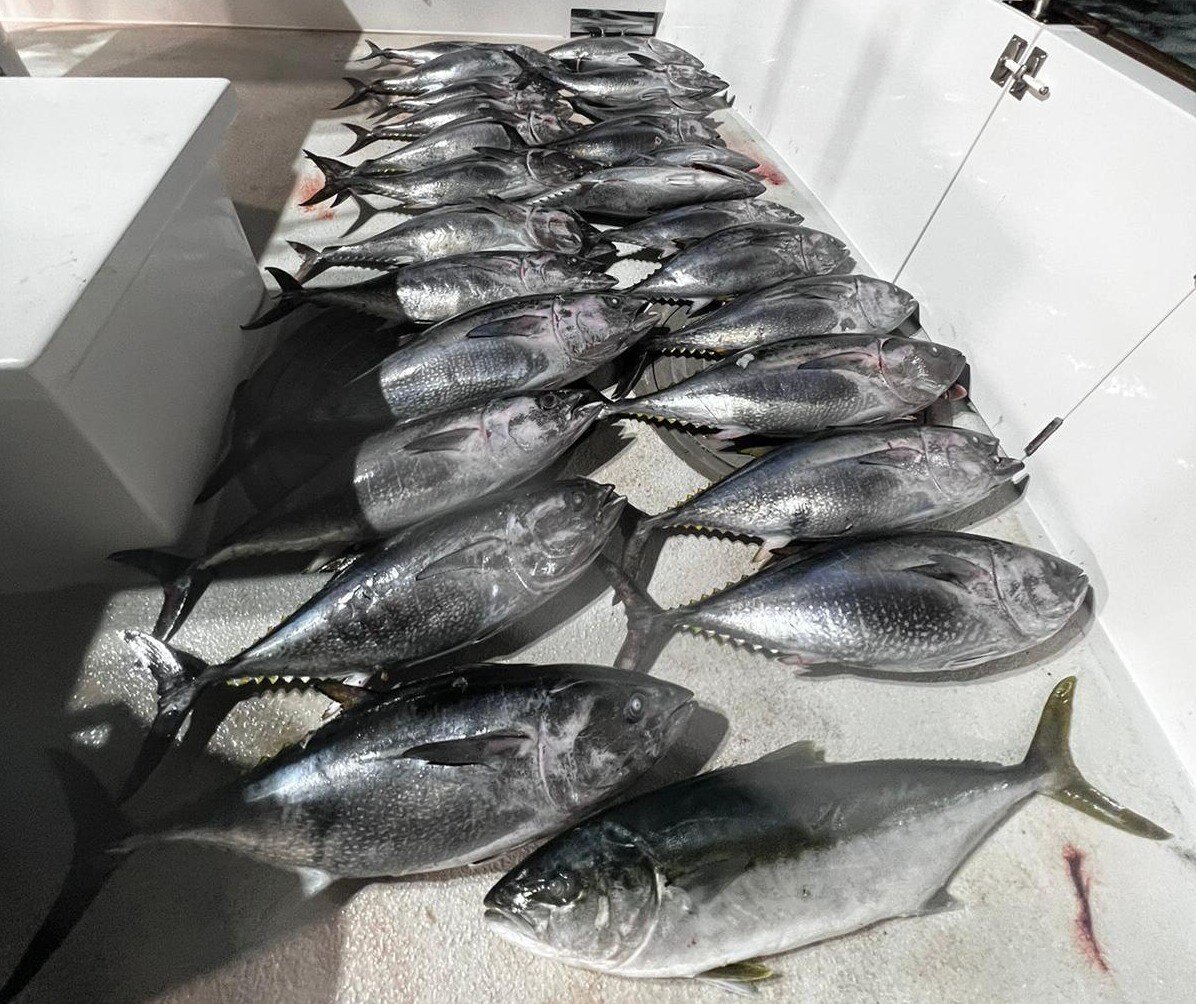
Slow Trolling
Slow trolling is a patient and deliberate approach to targeting migratory species like bluefin tuna. By trolling lures or live bait at a slow pace, anglers can create a presentation that mimics the natural movement and behavior of these species.
Slow trolling requires a good understanding of the local fishing grounds and the behavior of the target species. It also requires patience and persistence, as the payoff can be slow in coming. However, when done correctly, slow trolling can be an extremely effective way to catch trophy-sized fish.
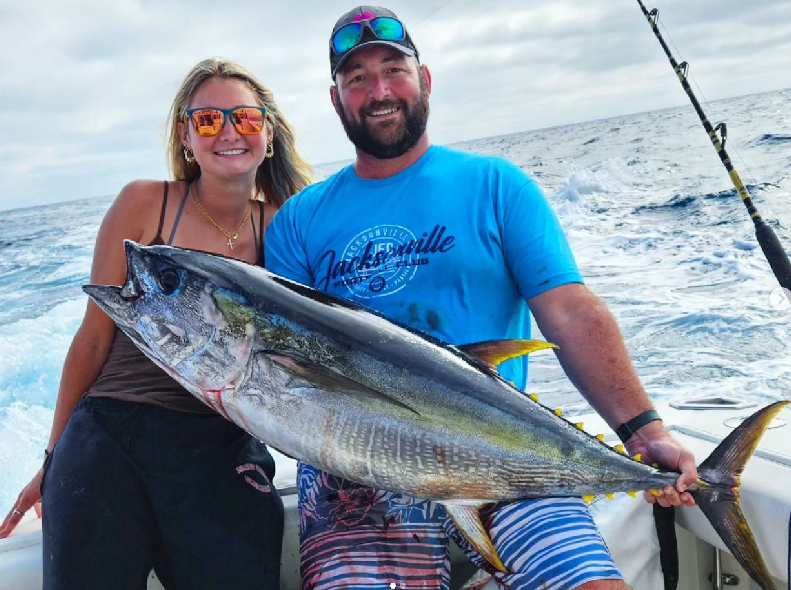
Yo-Yo Ironing
Yo-yo ironing, also known as the flat fall, is a high-energy technique that involves using metal jigs called "iron" to cover water quickly while maintaining contact with bottom structure. This method is ideal for targeting aggressive fish like yellowtail and tuna, which are drawn to the rapid movement and flash of the iron.
By rapidly dropping the iron to the bottom and then retrieving it, anglers can create a reaction strike from these predators.
The flat fall is a versatile technique that can be used in a variety of situations, from targeting specific species to exploring new fishing grounds. By adjusting the weight and size of the iron, anglers can tailor their presentation to the specific fishing conditions and target species.
Spots We Fish
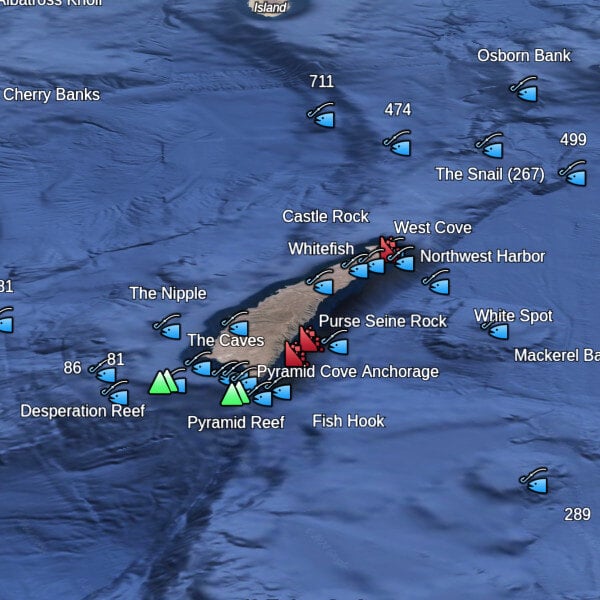
San Clemente Island.
If you want massive blue fin, this is one of, if not the MOST productive spot on the entire map. This place is almost always holding tuna. Most of our overnight and multiday trips start here. The backside is known for pre-dawn jig bites, and this is a lunching spot for the other nearby banks. During summer months is best.
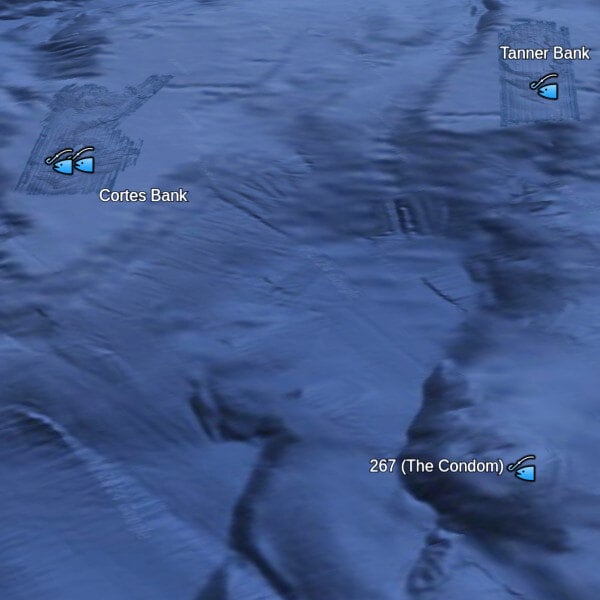
Tanner & Cortez Banks.
These two spots represent the far end of a 1.5 day overnight trip, and is a common destination for all long range trips we offer. These banks come very close to the surface, even causing surfable waves at times.
The underwater structure attracts all types of large pelagic predators, which is exactly what we are looking for.
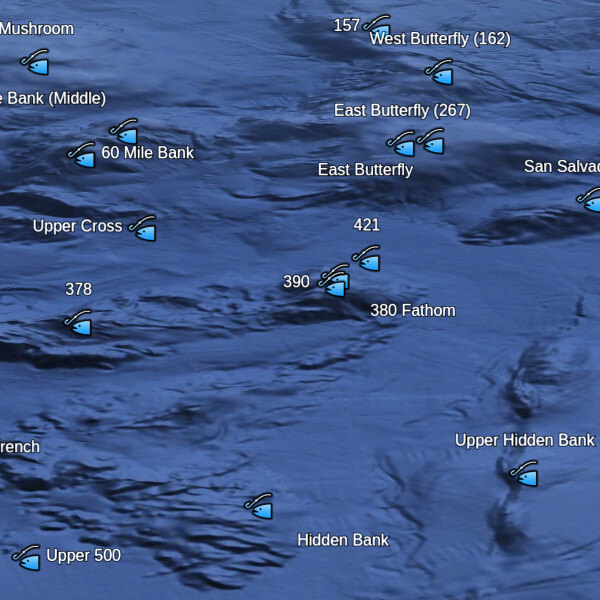
Mexican Outer Banks.
Mexican international waters means no passport for these multiday trips. Enjoy the outright crazy fishing on any of these deep banks that are south and south west of San Clemente island. Home of giant blue fin, yellow fin, and Dorado, you will likely find that you are one of only few boats fishing the unpressured spot.
